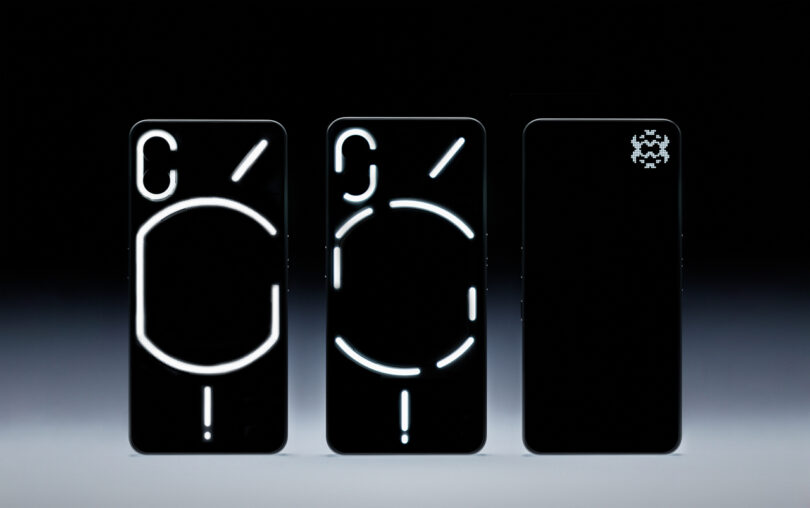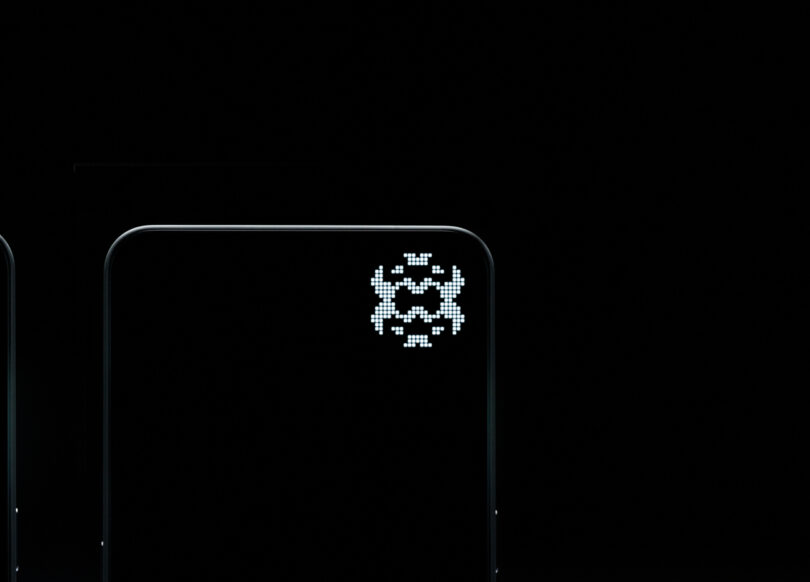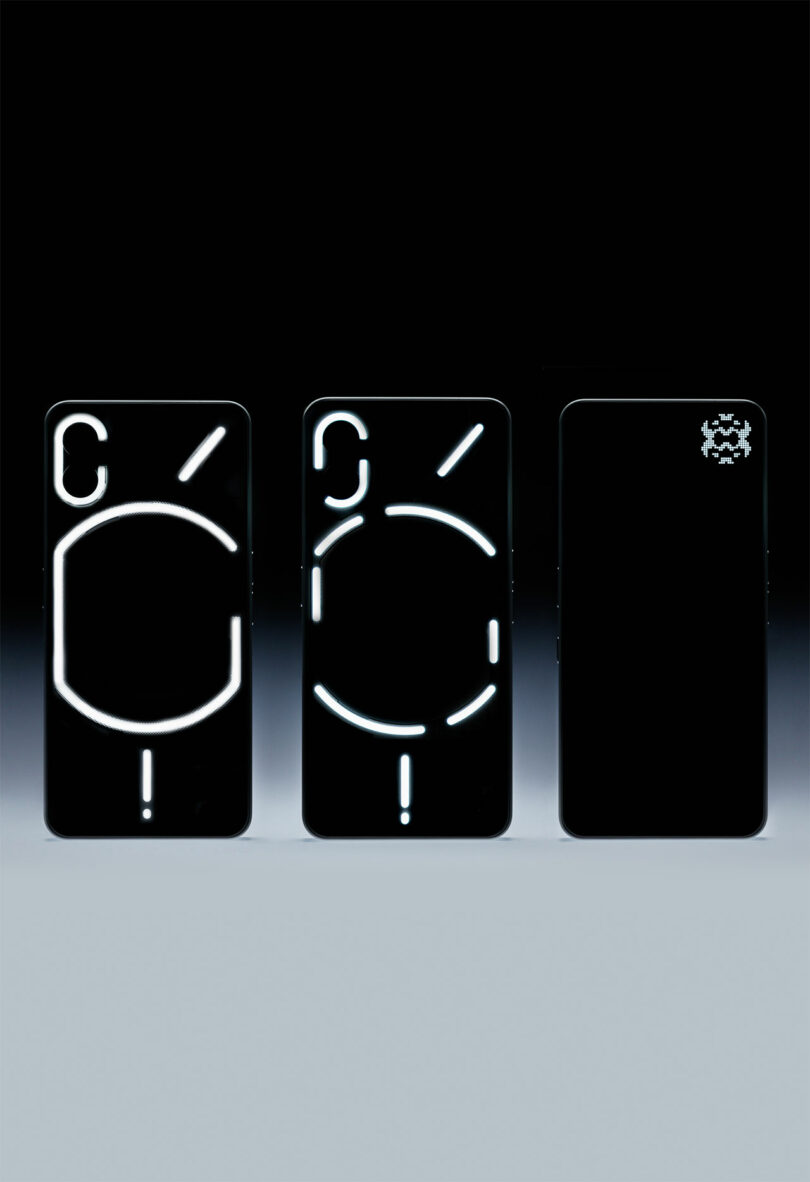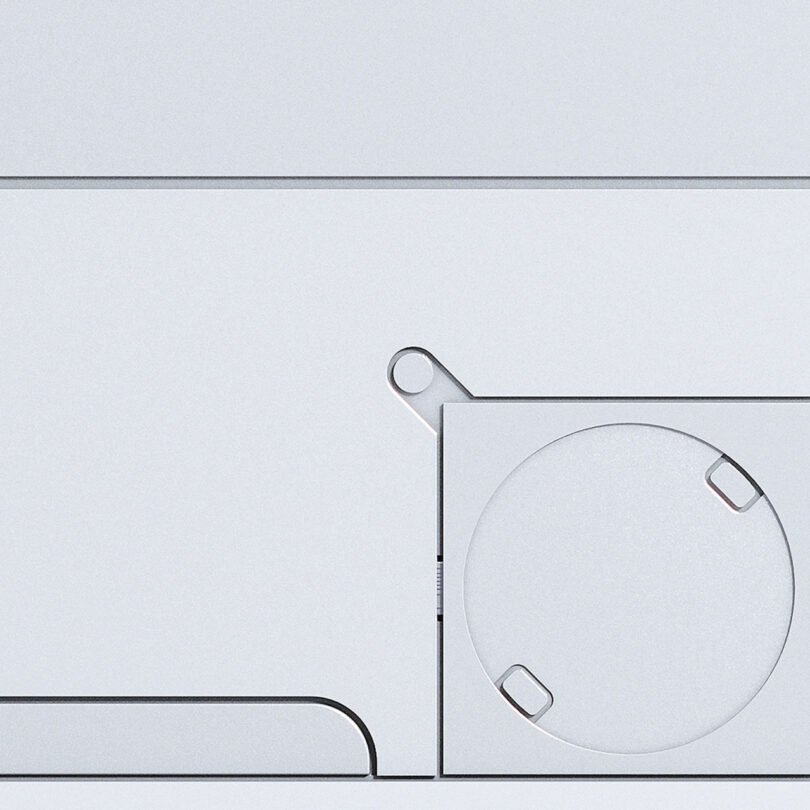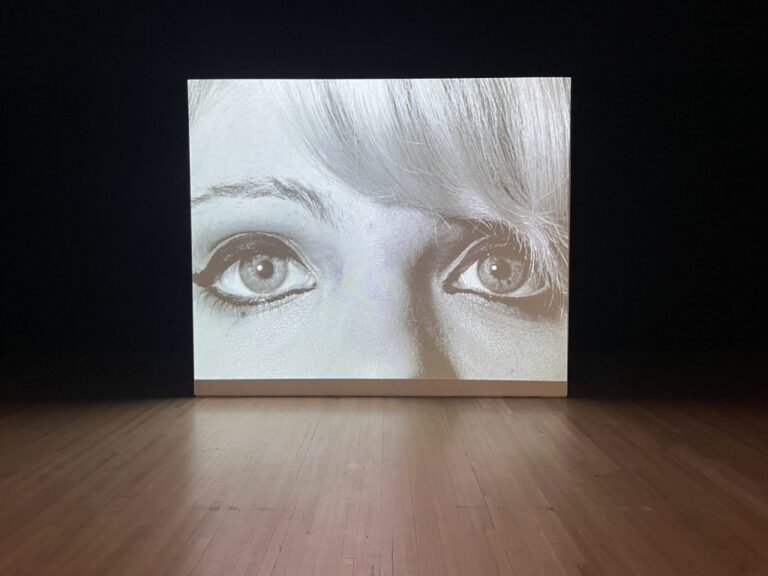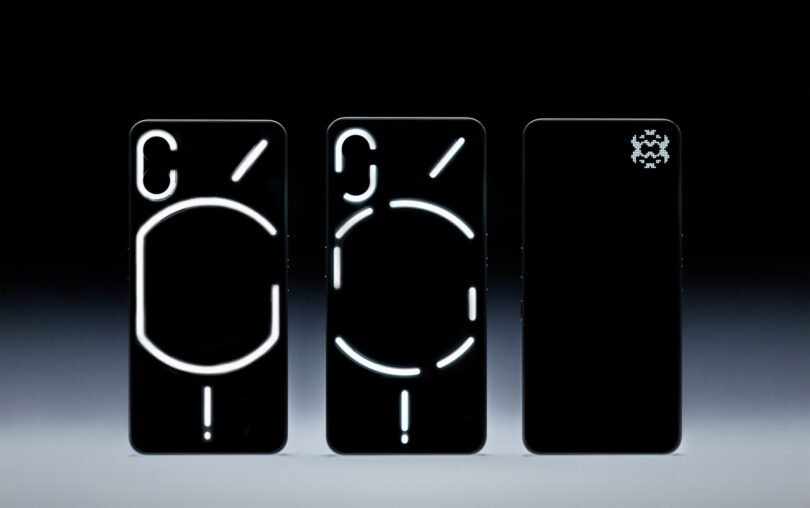
Designing a smartphone that stands out in today’s market is no small feat. Foldables briefly offered a novelty edge, but even those are becoming commonplace. Nothing, however, has carved out a distinct identity without folding screens – thanks to its bold aesthetic choices and clever software integrations.
From the start, Nothing’s smartphones have embraced a transparent design language, paired with a custom Android skin that leans into a retro-futuristic Dot Matrix style. At the heart of their visual signature has been the Glyph Interface – a collection of LED light strips on the back of the device that provides subtle notifications, visual cues, and interactive feedback.
With the upcoming Nothing Phone (3), the company is evolving that idea into something more compact, expressive, and programmable: the Glyph Matrix.
The Glyph Matrix shrinks the lighting interface down to the top-right corner of the phone, replacing larger segmented light strips with a dense cluster of micro-LEDs. Though physically smaller, the new system offers a dramatic leap in versatility and animation.
“Since Phone (1), the Glyph Interface has challenged the assumption that a smartphone always needs to command your attention. It introduced a visual language of light with subtle, ambient cues that allowed you to stay present while still staying informed,” says Adam Bates, Head of Design at Nothing, in an interview with Design Milk. “That core belief hasn’t changed. With Phone (3), the Glyph Matrix carries that vision forward but in a more expressive and intentional way. Instead of predefined light strips, we now have a dense field of programmable micro-LEDs, a canvas for real-time, glanceable communication that feels alive, playful, and deeply personal.”
Instead of simple flashes or segment-based patterns, the Glyph Matrix enables pixel-level responsiveness – allowing it to display symbolic visuals, custom animations, and reactive lighting in sync with sounds or user interactions.
The move to a smaller LED array wasn’t just about visual flair. It also allowed Nothing’s hardware team to reclaim valuable internal space.
“The decision to move to a smaller form factor came from the desire to do more with less,” Bates says. “By condensing the system into a matrix, we freed up space inside the phone while enabling a much higher degree of programmability. The compact circular format also gave us a striking visual identity that’s immediately recognizable and unmistakably Nothing.”
Despite its new shape and features, the Glyph Matrix retains the spirit of the original interface. Users will still be able to assign lighting effects to different apps and notifications – just with much more room for creativity.
“The Glyph Matrix allows for dynamic animations, symbolic visuals, and pixel-level responsiveness in a way segmented strips never could. It unlocks features where sound and light evolve together to create personalized cues. These features transform the back of the device into an expressive, functional surface, something that doesn’t just alert you, but communicates with you,” says Bates.
“The Glyph Matrix replaces traditional segmented light strips with a dynamic, evolving visual system. Rather than simple indicators, it enables movement, pattern formation, and fluid animations that give the phone a sense of personality,” Bates continues. “It can now form symbols, abstract visuals, and dynamic feedback, allowing users to connect with their device in an entirely new way. The philosophy remains the same: less distraction, more meaning. But the scope has expanded. The back of the phone is no longer just a tool for alerts; it is a canvas for interaction.”
It’s a shift from passive notification lights to a more expressive design that blurs the line between function and personality. Think of it as pixel art for your pocket – a minimalist yet highly programmable display that communicates through motion and symbolism.
Beyond visual tweaks, the Nothing Phone (3) will also bring the hardware up to speed. Unlike the Phone (2), which launched with a previous-gen processor, the new model will pack a current-generation flagship chip – a change likely to please Nothing’s enthusiast base, who have long wanted specs that match the phone’s standout design.
As for longtime fans worried about a departure from the brand’s DNA, Bates offers reassurance: “This is still the Glyph Interface, just in a new format. We needed to evolve its capabilities while staying true to what makes it distinctly Nothing. Our goal wasn’t to create another display that adds noise, but a canvas for subtle expression – one that can evolve with how people use it.”
The Nothing Phone (3) officially launches July 3rd. For more information, visit nothing.tech.
Imagery courtesy of Nothing.
